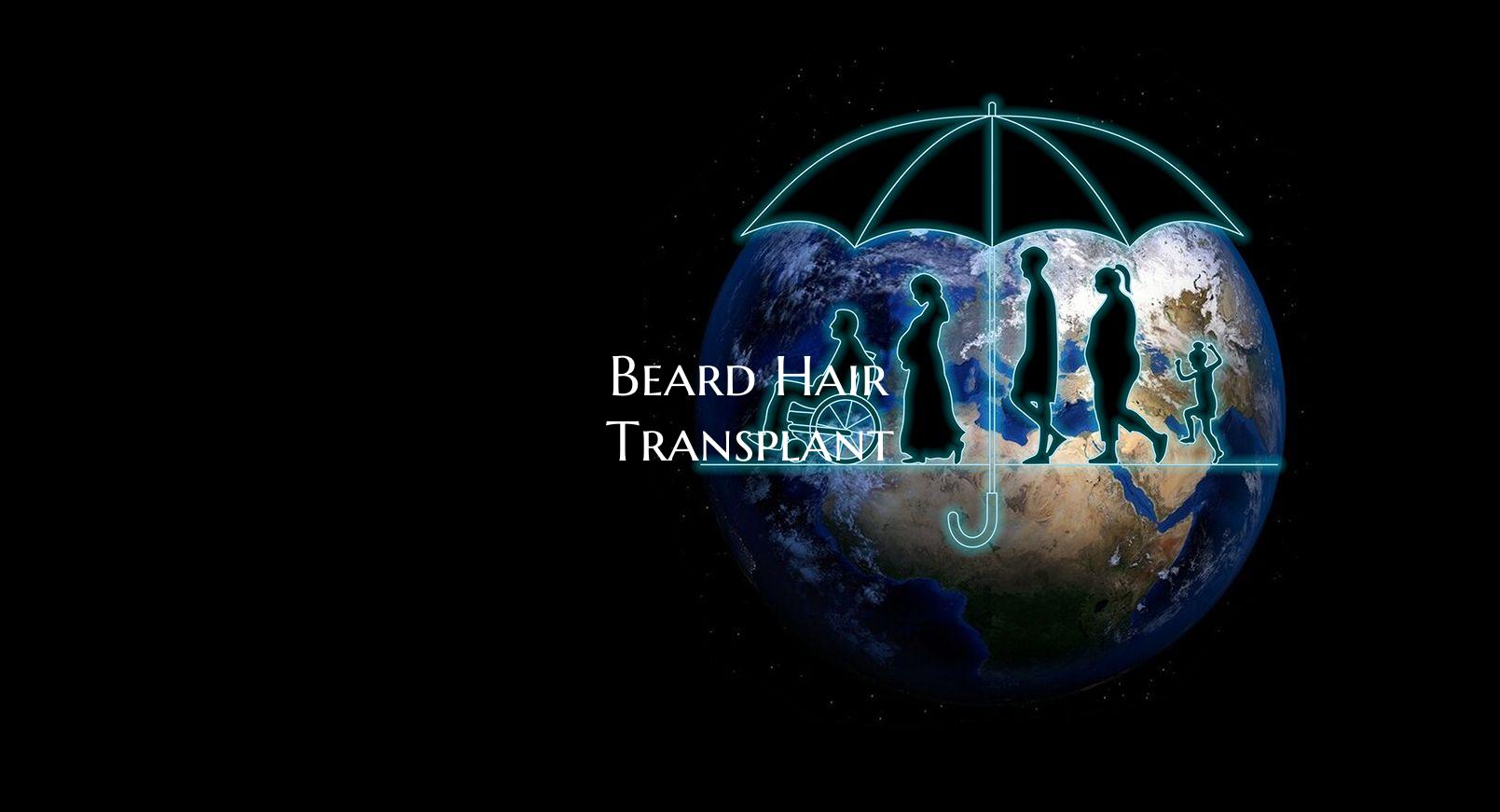
Beard Hair Transplant
Introduction: For many men, a full and well-groomed beard is a symbol of masculinity and style. However, thinning or patchy facial hair can be a source of self-consciousness and affect self-esteem. This is where beard hair transplants come into play, offering a solution to those looking to achieve a fuller and more aesthetically pleasing beard. In this guide, we will explore the details of beard hair transplants, including the procedure, benefits, considerations, and recovery process.
What is a Beard Hair Transplant? A beard hair transplant, also known as facial hair transplantation, is a cosmetic procedure that involves transplanting hair follicles from one part of the body, typically the back of the scalp, to the beard area. The procedure is performed to address beard patchiness, thinning, or to create a fuller beard appearance.
Procedure: During a beard hair transplant procedure, hair follicles are extracted from the donor area using techniques like follicular unit extraction (FUE) or strip harvesting. These follicles are then transplanted into the beard area, following the natural growth pattern to ensure a natural-looking result. The procedure is typically performed under local anesthesia, and the duration can vary depending on the extent of the transplant.
Benefits of Beard Hair Transplant: - Enhanced beard density and fullness - Correction of patchy or uneven beard growth - Improved facial symmetry and aesthetics - Boost in self-confidence and self-esteem - Long-lasting results with proper care
Considerations: Before undergoing a beard hair transplant, it is essential to consult with a qualified and experienced surgeon to assess eligibility and discuss expectations. Factors such as donor hair availability, desired beard style, and overall health will be taken into consideration. It is crucial to have realistic expectations regarding the results and understand that the transplanted hair may shed initially before regrowth.
Recovery Process: Following a beard hair transplant, patients can expect some redness, swelling, and mild discomfort in the treated area. These side effects typically subside within a few days to a week. It is crucial to follow post-operative care instructions provided by the surgeon, including gentle cleansing, avoiding excessive sun exposure, and refraining from strenuous activities. The transplanted hair will begin to grow within a few months, with final results becoming more apparent around 6-12 months post-procedure.
Conclusion: Beard hair transplants offer a transformative solution for individuals looking to enhance their facial hair aesthetics and confidence. By understanding the procedure, benefits, considerations, and recovery process, individuals can make informed decisions about pursuing a beard hair transplant. Consulting with a reputable surgeon and following proper care guidelines are essential steps towards achieving a fuller and more attractive beard appearance.